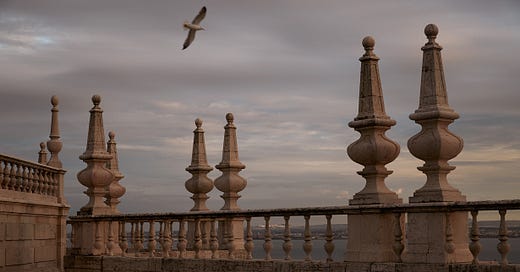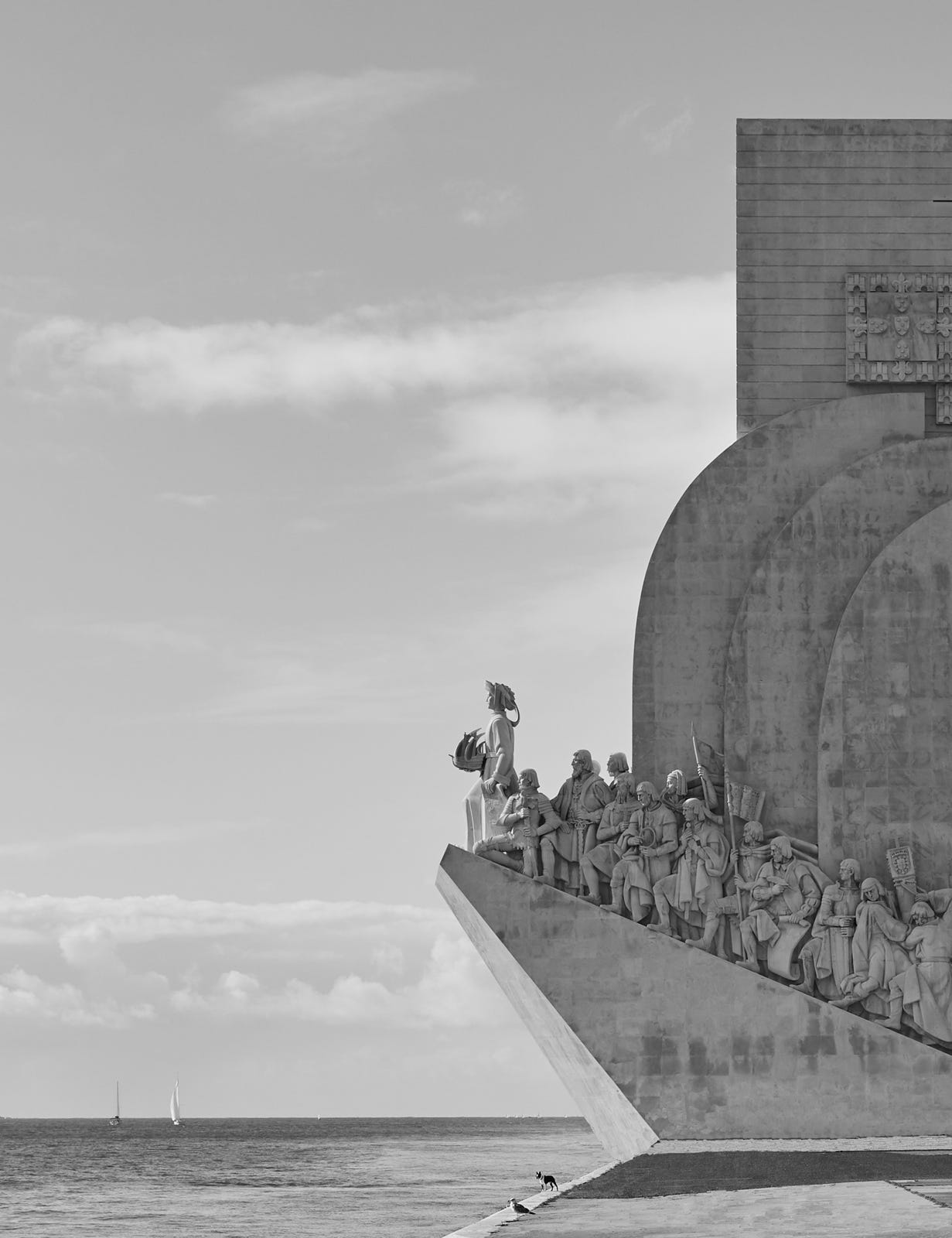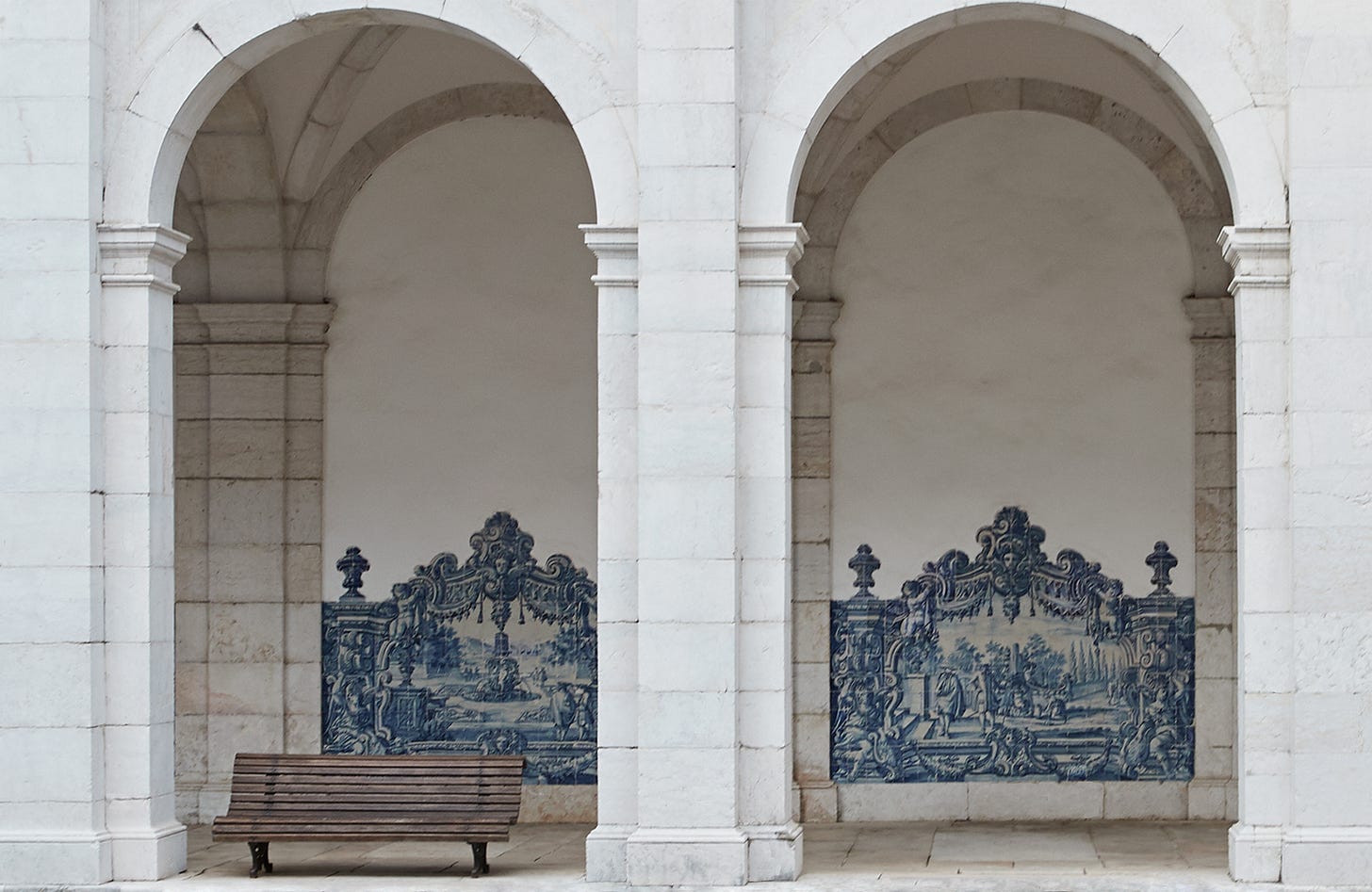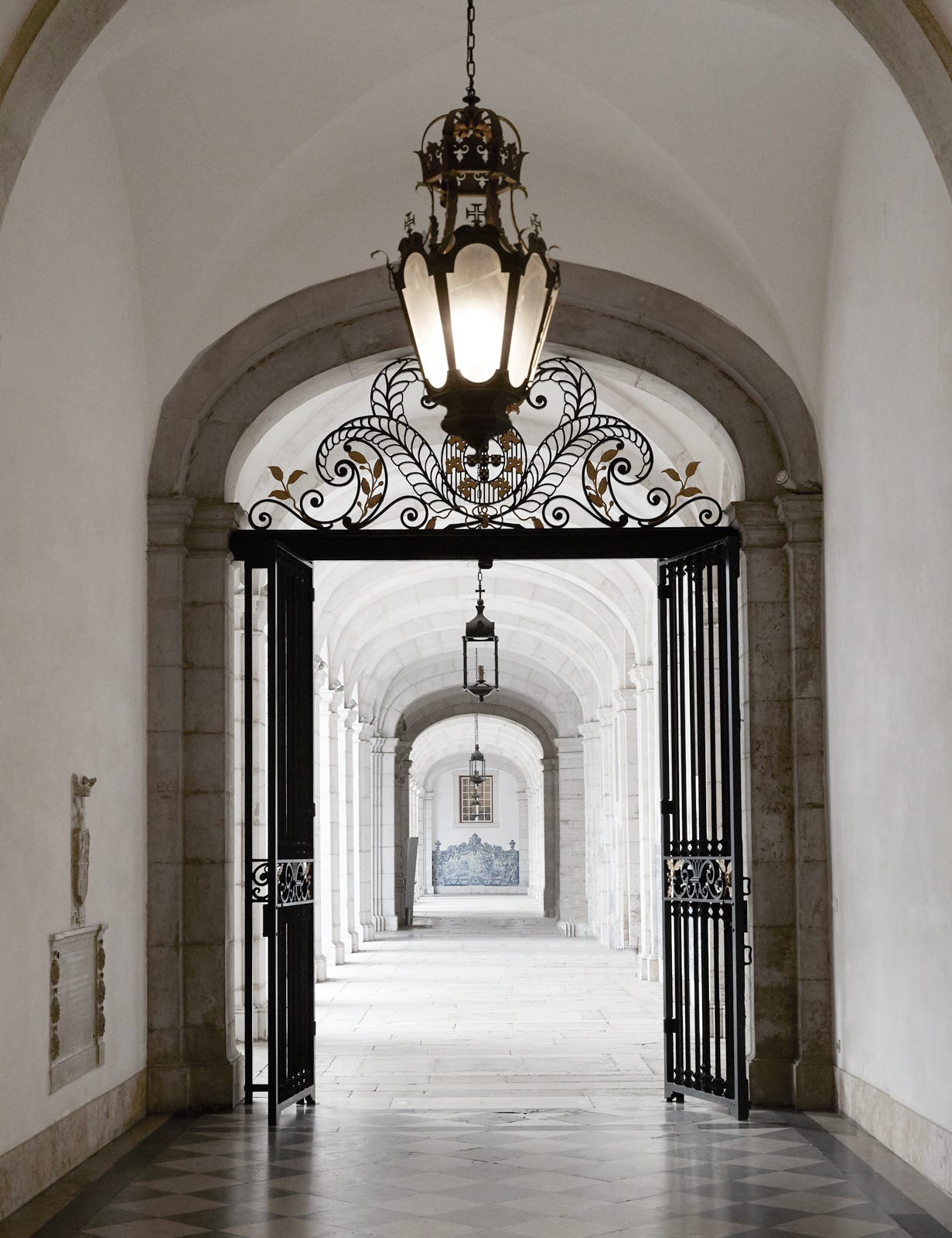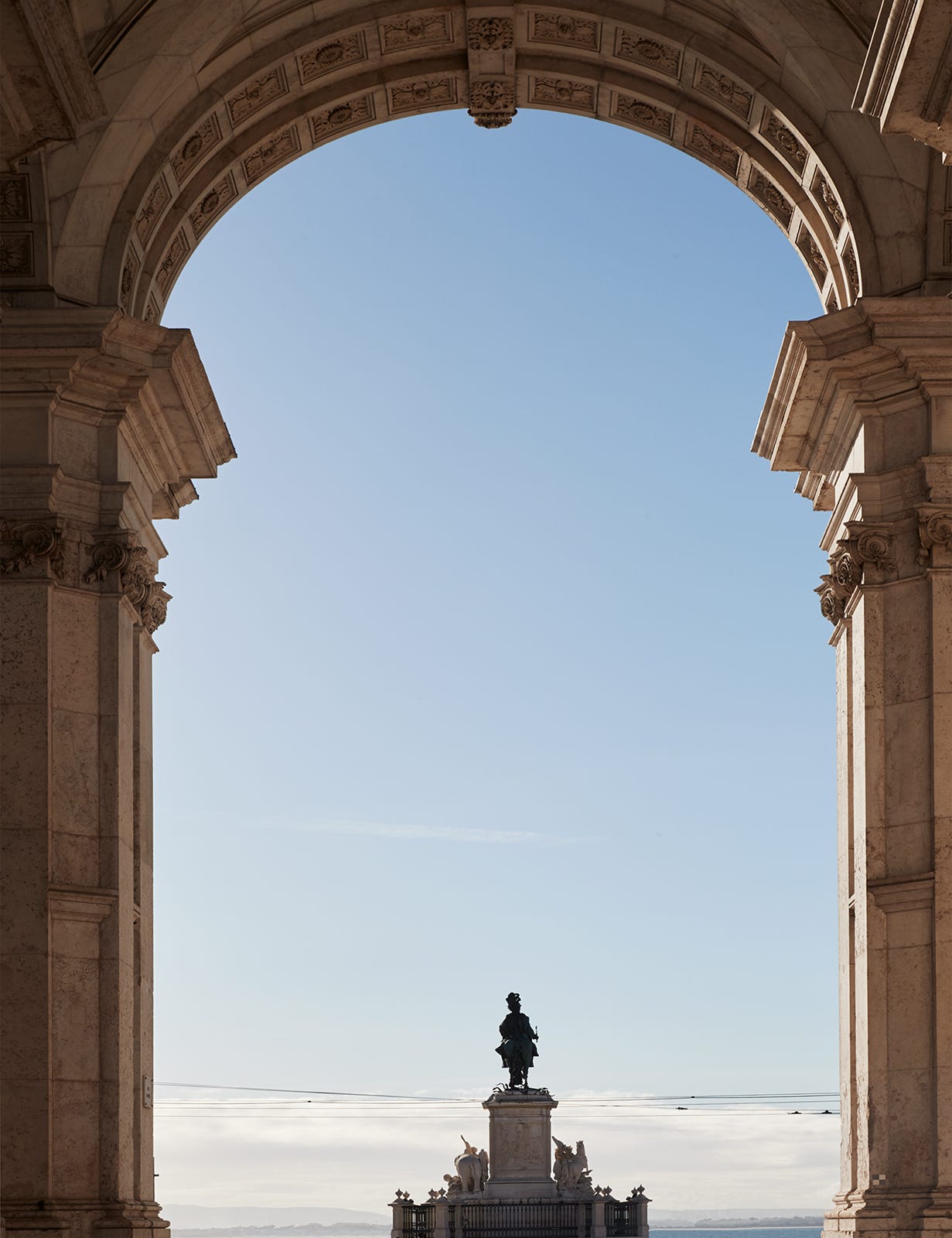Travellers looking for a European city destination often choose between cities such as Paris, Rome, or London. Paris is marked by Haussman’s radical transformation from medieval town to the world’s most modern city in the 19th century. Rome, the eternal city, has seen empires come and go, while London is the centre of contemporary fashion and art. In comparison, Lisbon doesn’t have the same type of distinct profile.
To the north and east, Portugal shares border with Spain. To the west and south, it faces the Atlantic. This means that, regardless of its impressive past and rich contemporary culture, today it is a rather – geographically and travel-wise speaking – peripheral country. This is by no means a disadvantage, as it has allowed Portugal to safeguard its cultural heritage and for Lisbon to develop organically, while keeping its traditional customs and aesthetic expressions intact. Perhaps this is also why the first impression of the city can appear slightly confusing for a first-time visitor.
Like Rome, Lisbon was built on seven hills. These hills remain important to the city still today, but make it difficult to orientate oneself. The highest of them is the São Roque Hill, which offers one of the most widespread viewpoints of the town. Another is the São Jorge Hill, which includes the Castle of São Jorge, part of the Alfama area, one of the oldest parts of the city and once deliberately designed as a labyrinth, making it easy to get lost in its many alleys.
When it comes to finding the best view of Lisbon, nothing beats the 360-degree panoramic scenery from the roof terraces of Mosteiro de São Vicente de Fora.
Where other European capitals are seemingly purposely planned to show off the splendour and wealth of their rulers, with large boulevards that spread out from star-shaped roundabouts, Lisbon’s many hills and slopes make the city a fascinating maze of wonders.
Neighbourhoods seem to overlap in unexpected places, streets twist and turn, while old alleys suddenly turn into giant squares, such as the Praça do Comércio, the largest plaza in all of Europe. Its local name, still commonly used, is Terreiro do Pago, which translates to “Palace Yard”, as this was once the home of the royal palace, until it was destroyed in the great 1795 Lisbon earthquake. This shows how, through the collective memory of Lisbon’s locals, the past is kept alive through language and traditions.
Another place marked by earthquakes is Convento do Carmo, built in 1389 in the Gothic style, but destroyed by an earthquake in 1755. Since then, parts of the ruins have been restored, and today it is a fascinating place to visit. ‘
What shouldn’t be missed in Lisbon?


